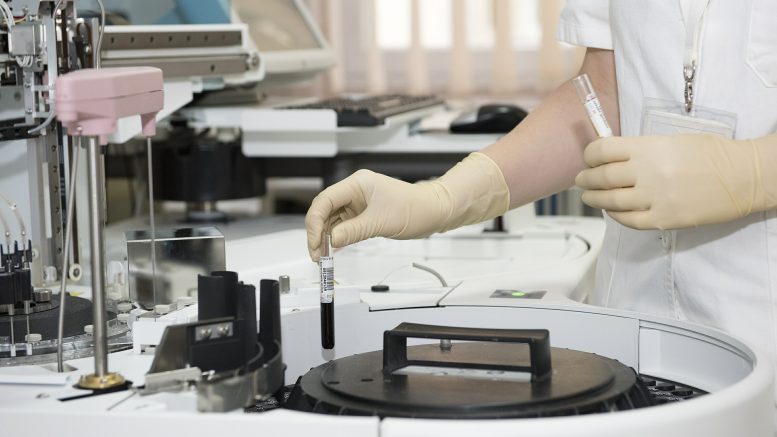Medical science has come a long way in the last century. What were once life-threatening conditions can be treated successfully and easily thanks to advancements in medication, surgery and preventive medicine. The expectations people have of health care providers is higher than ever, and hospitals must doeverything in their power to live up to them. Without a firm grip on the latest and most-effective technology, organizations may be at risk of falling behind in the marketplace.
If people aren’t confident that they will receive the best and most up-to-the-minute levels of care, they will find another facility where they can. For this reason, it is imperative that hospital administrators make technological competitiveness a high priority. This means understanding all of the high-tech resources available and investing in them whenever appropriate. Although many of these are large-scale investments and represent sweeping changes to the traditional models, others are more subtle.
For example, robotic surgical systems have enabled surgeons to perform extremely delicate and intricate procedures with a degree of control and precision that wasn’t possible in the past. This minimizes the risk of complications and speeds recovery time for patients in many cases. On the other end of the complexity scale, simple smartphone apps connect caregivers to a wealth of crucial information in an instant. These advancements allow physicians and nurses to concentrate on caring for their patients as effectively and efficiently as possible.
Other developments, such as self-service kiosks, work to streamline the patient experience and take some of the stress and anxiety out of their health care. These upgrades also provide the benefit of reducing the workload for staff members so they’re able to concentrate on more important matters. For additional examples of ways in which upgraded technology is leading to improved service throughout the industry, take a look at the accompanying guide.
Some Healthcare Systems:
Medical Systems:
Medical systems to provide relief to people and to provide health care. Causes of disease, relief, medical procedures, pharmaceutical ingredients and therapeutics, philosophy and conceptually different healthcare systems vary.
Traditional Healthcare System:
Such treatment and relief strategies are based on the traditional use and treatment of plants, animals and other natural ingredients and cultural behavior, social reforms, religious beliefs and in many cases different prejudices of the present and previous generations. Currently in use Traditional treatment methods are highly organized and long established Ayurvedic and Yunani systems ranging from herbal, spiritual, People like religious treatment extend to the practice of medicine. In the distant past, the emergence of these medical systems and the traditional treatments are intact, as most methods are applied in the same way as in the past. The principle behind traditional treatment is to try to treat a person’s whole body rather than to certain organ organs and to consider it in terms of its outlook and external environment.
Various Western medical institutions and many countries of the Third World are now taking the traditional medical care seriously. In many countries in Asia, Africa, traditional methods of treatment are currently recognized. In some Asian countries such as Bangladesh, India and China, traditional methods have been greatly modernized in the last few years and are currently being used as an alternative and complementary treatment system in addition to modern allopathic treatment.
Homeopathic System:
The homeopathic approach this healthcare is not entirely traditional in the East, as in Europe a German allopathic physician named Samuel Hahnemann invented homeopathy from the allopathic system in the early twentieth century. In this system medicines are applied in small quantities and in low doses and it are assumed that the strength of any drug increases mathematically with decreasing dose.
Folk Medicine System:
Folk medicine is a kind of simple traditional treatment system, whereby medicine may be used to treat rural people, may not happen again. Such treatment depends on the prevailing beliefs, folklore or culture of the people and sometimes on various superstitions and in this case no particular medical system is followed. Such medical methods are mainly used as medicinal parts of plants or animals and their products, which can be consumed when needed.
The Modern Healthcare System:
The modern healthcare system is highly advanced and modern method of health management used in Bangladesh and elsewhere in the world. The system is not limited to the remedial treatment of the patient but also provides preventive and prevention services through the promotion of personal and environmental health of the patient and the society around him. This type of medical system is managed by a well-trained and professionally trained skilled workforce. Advanced technology utilizes sophisticated equipment and methods for accurate diagnosis and treatment.



Be the first to comment on "Updated Tech Leads To Upgraded Health Care"